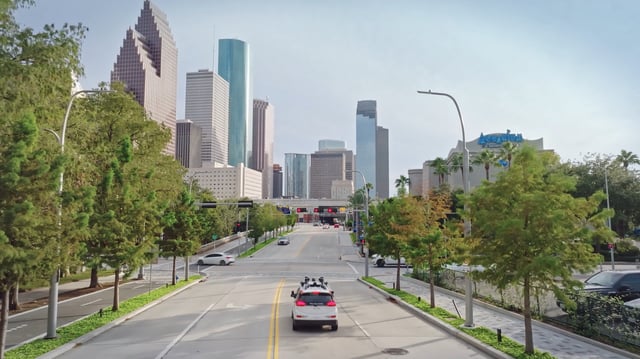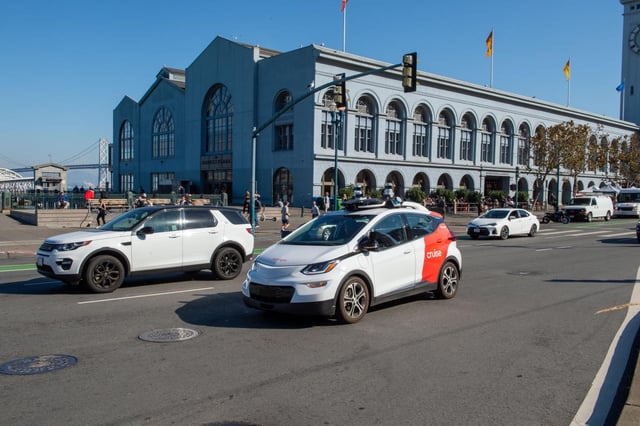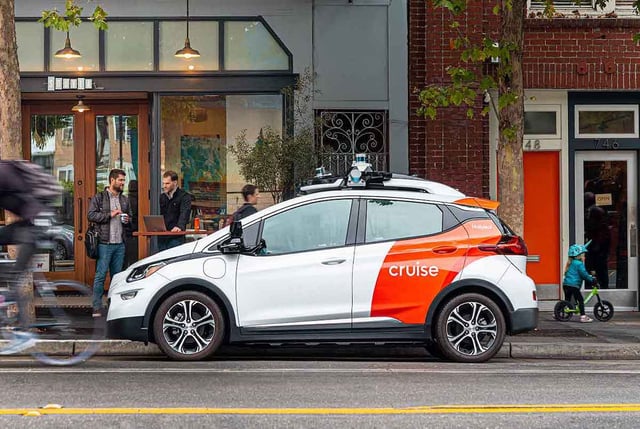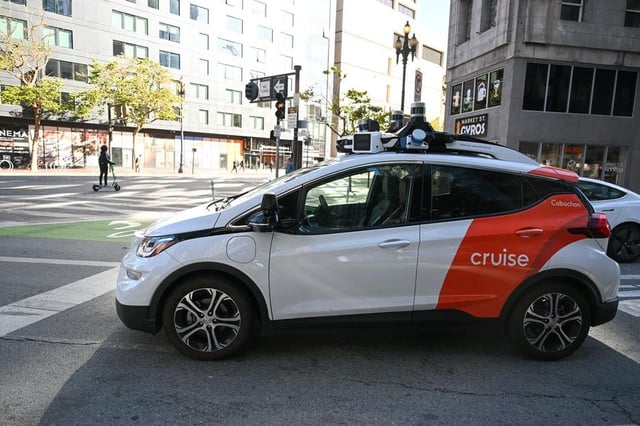Overview
- Cruise will start with human-driven vehicles in Houston before transitioning to supervised autonomous driving.
- The company halted operations last year after a pedestrian was dragged by a Cruise vehicle in San Francisco.
- California regulators suspended Cruise's permits, prompting a nationwide shutdown of its services.
- GM's additional funding aims to cover operational costs and support a strategic review of Cruise's future.
- Cruise is also conducting supervised driving tests in Phoenix and Dallas.



